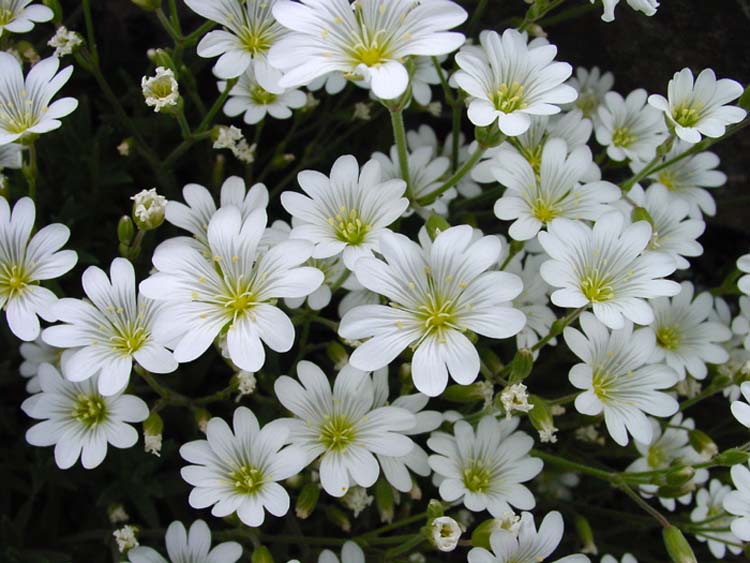As Mark Twain was to the birth of American folklore, so Jane Yolen is to
the next generation of Americana. Yolen is able to take classic Old
World folk tales, clothe them in distinctly American cultures, mores,
and histories, and present a story which gives a nod to its European
roots while remaining uniquely American.
Snow in Summer is no different. At its heart, you will find the traditional Snow White fairy tale: evil stepmother/wicked witch, potions and poisons, magic mirror, the hunter, even the dwarfs who mine for precious minerals and the infamous apple (though this time it takes the form of apple kuchen). But this Snow White is set in a very rural Appalachia community, specifically a small town in West Virginia in the 1940-50's. Add in the folklore rooted in those very mountains and valleys--stories of haints and green magic, the power of rowan berries and garlic, and, most importantly, babies born with a caul--the mysterious sect of snake-handlers and their practice of faith-healing and speaking in tongues, miracle testimony and the belief in their immunity to poisons and venom, as well as those animals who have their own long and storied folktale history such as the snake, the owl, the fox, and the bear, and you've got a completely new perspective on an old story. And a beautifully haunting, lyrical, evocative perspective it is.
Snow in Summer is no different. At its heart, you will find the traditional Snow White fairy tale: evil stepmother/wicked witch, potions and poisons, magic mirror, the hunter, even the dwarfs who mine for precious minerals and the infamous apple (though this time it takes the form of apple kuchen). But this Snow White is set in a very rural Appalachia community, specifically a small town in West Virginia in the 1940-50's. Add in the folklore rooted in those very mountains and valleys--stories of haints and green magic, the power of rowan berries and garlic, and, most importantly, babies born with a caul--the mysterious sect of snake-handlers and their practice of faith-healing and speaking in tongues, miracle testimony and the belief in their immunity to poisons and venom, as well as those animals who have their own long and storied folktale history such as the snake, the owl, the fox, and the bear, and you've got a completely new perspective on an old story. And a beautifully haunting, lyrical, evocative perspective it is.
Snow White is known as Snow in Summer, her name coming from the little white flowers covering the yard.

The Snow in Summer plant, Cerastium tomentosum
We see the bulk of her story from her perspective, from the death of her mother, when she's known as Summer (because, as Summer's Cousin Nancy relates to her in a well-told tale: ”Your daddy laughed and said, 'We gonna call her all that? Snow in Summer? Don't you think she's too tiny for such a big name?' 'We gonna call her Summer,' your mama told him. 'It's warm and pretty, just as warm and pretty as she is.'”), to the arrival of Stepmama, who decided Snow was a better name (the changes in Snow in Summer's name are obvious, yet important signals in plot development), to the final, fulfilling conclusion. To add depth to the tale and to the characters, certain chapters are told from either Stepmama's or Cousin Nancy's perspectives, infrequent enough to add a piquant flavor to Snow's tale without becoming a distraction.
The novel is an expansion of Yolen's short story, "Snow in Summer," originally published in the anthology Black Heart, Ivory Bones. I'm sure I read that story as I love the anthologies produced by Ellen Datlow and Terri Windling, all of them involved with fairy tale retellings, but it's been so long ago, I'd forgotten all the details of the short story, making the book a nicely unfamiliar tale for me.
Read May 31-June 2, 2012
Reviewed June 4, 2012

No comments:
Post a Comment